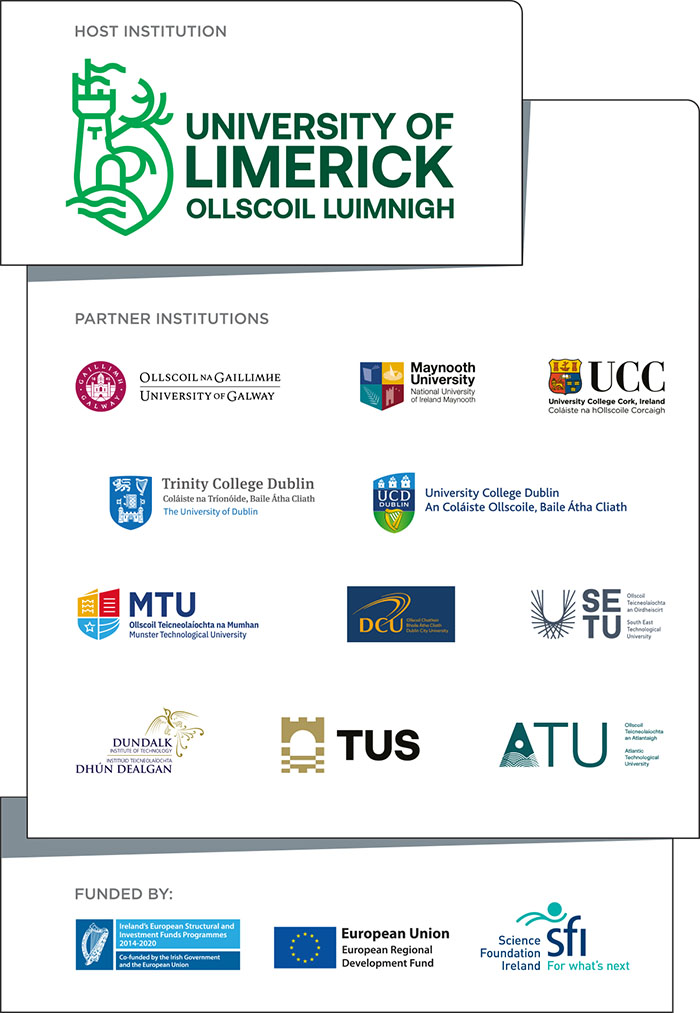You are here
In order to interact with their surroundings, autonomous and adaptive systems need to able to analyse and understand their surroundings, by using sensors of different types to monitor their environment. Cameras are a particularly powerful (and ubiquitous) sensor in such systems, just as the eyes are a powerful sensor used by humans to understand what’s around them. Image Processing is a broad term refers to the conditioning and analysis of images and video acquired by autonomous systems, with a view to extracting information that can be useful for decision making and system control. For example, an autonomous car can automatically analyse the video feed from one or more cameras attached to its exterior, and detect the presence of pedestrians, cyclist, or other vehicles from these images. If one of these represents a collision risk (e.g. a pedestrian is about to walk into the path of the vehicle), then the autonomous car can take evasive action and avoid a collision, thus ensuring safer operation. Apart from the inherent challenge in extracting this information from images and video, it’s very often the case that cameras need to operate in conditions that are less than ideal, e.g. night-time or low light conditions, or bad weather conditions; in the same way that human vision is challenged by these conditions, so it is with sensors, and an important aspect of image processing is developing technology to handle these situations as well as “benign” conditions.
Impact Story
Autonomous and Adaptive Systems, incorporates a number of projects with industry partners that are developing the next generation of autonomous systems like driverless vehicles. Cameras and similar sensors are a core part of these systems, and Lero projects are at the forefront of technology development in this area. A particular focus is on the “less than ideal” situations (night time, bad weather) where machine vision often performs poorly, but where the greatest potential for system failure lies; e.g. in the context of driving, many accidents occur at night, so there is particular interest in technology that can enhance safety in this case. Furthermore, Lero researchers are working on understanding the best “mix” of sensors for different situations, to help our industry partners achieve the best cost-performance trade-offs.
Meet The Expert - Dr. Edward Jones





